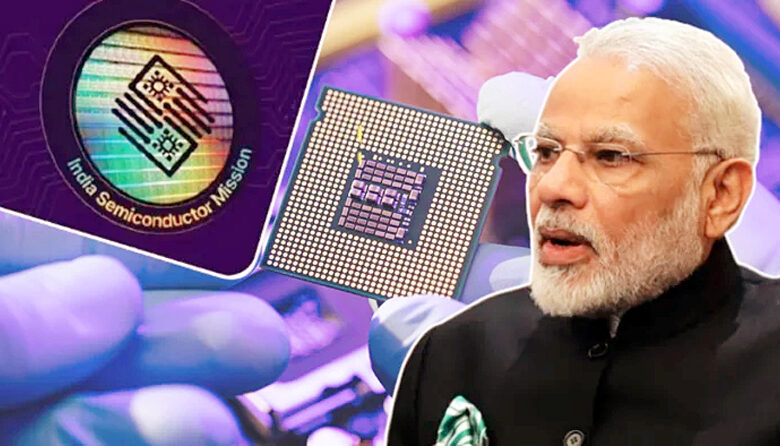NEW DELHI – Once seen merely as a consumer in the global semiconductor market, India is now on a historic trajectory to become a producer and supplier of chips. This shift is more than just a technological leap; it represents a new era of national pride, self-reliance, and global leadership. Backed by the Semiconductor Mission, strategic international partnerships, and significant investment in education and research, India’s chip revolution is no longer a dream but a rapidly unfolding reality.
The chip, or semiconductor, is the undisputed cornerstone of the 21st century. Just as oil drove global politics and the economy in the 20th century, the chip is now the basis of the global power balance. From mobile phones and computers to vehicles, aircraft, defense systems, and advanced healthcare devices, chips are indispensable. A nation that is self-reliant and strong in this sector will play a decisive role in the future of global politics and economics.
For a long time, India lagged in this field due to high capital investment requirements, a constant need for energy and water resources, a shortage of trained human capital, and a lack of focus on research. Countries like China, Taiwan, the U.S., and Korea dominated the global market, treating India as little more than a vast consumer base.
The Turning Point: Embracing Self-Reliance
Under the leadership of Prime Minister Narendra Modi, initiatives like Digital India, Make in India, and Startup India sparked a new enthusiasm for technological self-reliance. The India Semiconductor Mission, launched in 2021, provided a solid foundation for this ambition. The government initiated the establishment of chip manufacturing parks in Gujarat and Karnataka, attracting investment and collaboration from global giants in Taiwan, Japan, and the U.S.
The COVID-19 pandemic further exposed the vulnerabilities of global supply chains. When factories in China and Taiwan shut down, the world faced a severe shortage of electronic components. India recognized this as a critical moment, realizing that technological self-reliance was not just a matter of convenience but of national security and economic independence. The country’s strategic move to become a reliable hub in the supply chain has been widely recognized.

The Shanghai Cooperation Organization (SCO) Summit 2025 in Tianjin, China, was a testament to India’s growing influence. India presented its vision based on three pillars: security, connectivity, and opportunity. The country’s call for making semiconductor development a collective priority was a key achievement of the conference, with India’s vision reflected in the Tianjin Declaration.
A New Era of Opportunities
India’s push for the semiconductor sector is not limited to just industry. Educational institutions, research centers, and startups are being integrated into this mission. IITs, NITs, and other universities are introducing courses in chip designing, nanotechnology, and embedded systems. This is a deliberate effort to prepare the next generation for technological leadership.
This initiative is also poised to be a major driver of employment and economic growth. It’s estimated that the sector will create over a million direct and indirect jobs in the next ten years. Furthermore, self-reliance in defense equipment and satellite technology will strengthen India’s strategic position.
While challenges remain—such as a steady supply of power and water, continuous research investment, and competition from global players—India’s determination and confidence suggest it is committed to overcoming these obstacles. The chip revolution is not just a story of technological progress; it is an epic of self-pride, self-confidence, and self-reliance, with the promise of a brighter, more powerful future for India.






